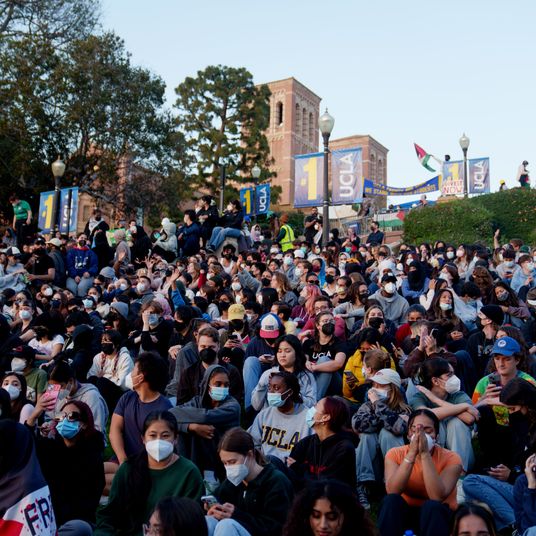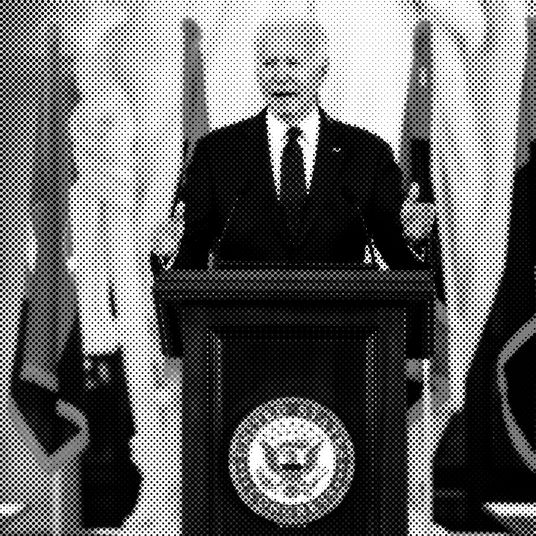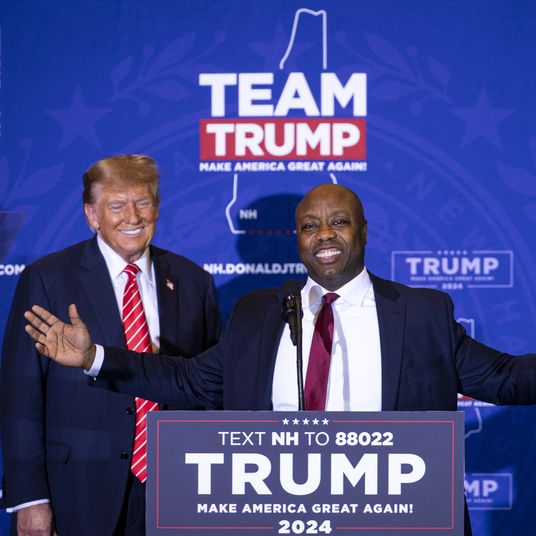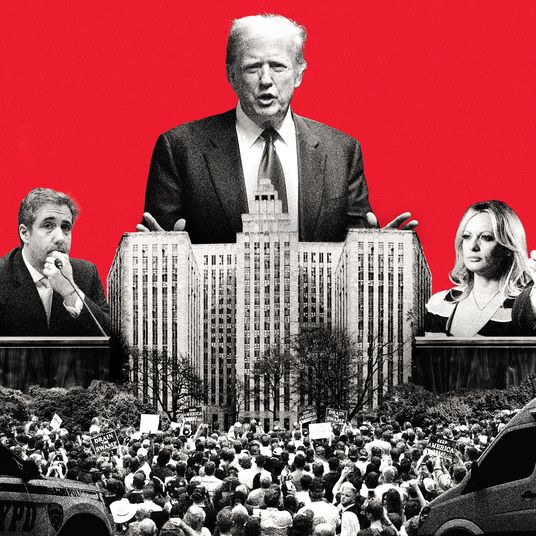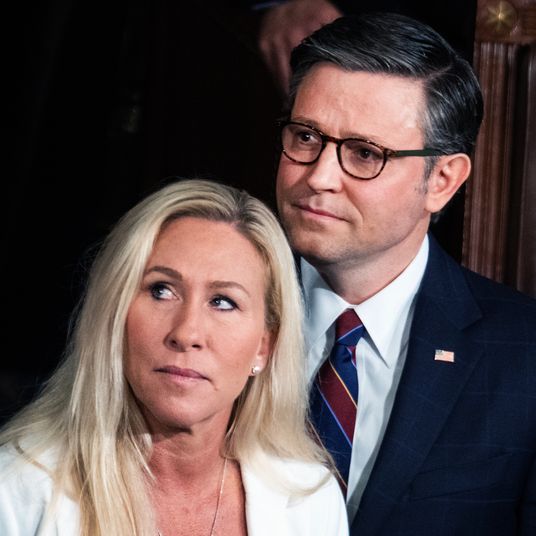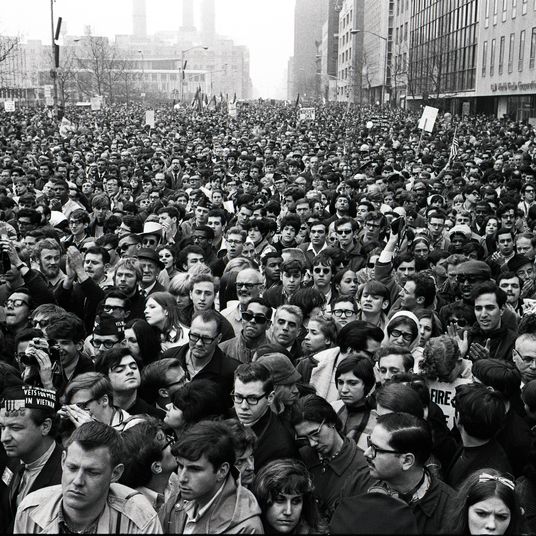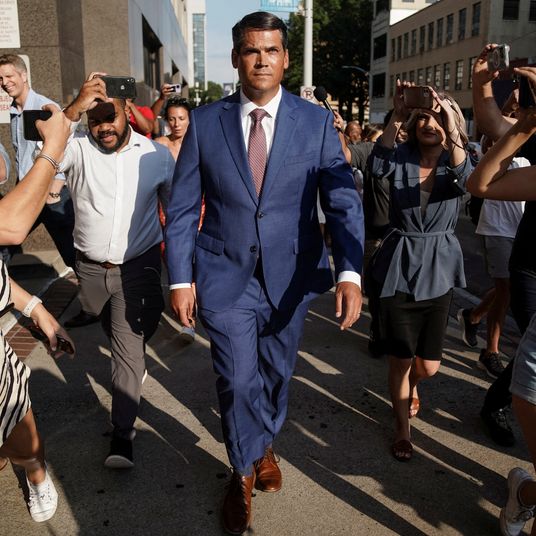
On January 3, when the first reports about The Messenger’s dwindling finances were published, the view from inside the company was that the news was wrong — the real problem, executives insisted, was the haters. “There’s a weird vibe among media reporters and skeptics to want to stomp on the graves of various competitors — working journalists here,” one senior executive told me. The news that the board had discussed shutting down the company within weeks? Overblown, an editor suggested, the kind of thing any board would have to talk about. To an extent, reporters there believed it. “We’re not vomiting at our desks today. We have a shit-ton of money. We have a really nice office,” one said. “With a more coherent revenue strategy, I don’t see any reason why a place with the traffic that we’re doing would not be healthy, at least for a while.”
On January 31, the day The Messenger shut down, laid off 300 journalists without severance, and vaporized the thousands of articles it had published over the preceding nine months, it was clear the delusions were a tone set at the top. The site had $50 million when it launched, then it was gone. “They told me that they had four years of funding when I took the job,” said one ex-editor. “Otherwise, I would have never left had I known they had nine months or whatever.”
Jimmy Finkelstein, The Messenger’s founder, who had sold The Hill for $130 million in 2021, blamed the company’s failure on “economic headwinds” and a tough media environment. While he wasn’t exactly wrong about that given the industry’s recent bloodletting, he had relied on a business model that had only sort of worked in the wild-style BuzzFeed era of cheap start-up money, quick hits, Facebook traffic, and pricey ads — an era that ended years ago. “He’s living in 2013,” said one person directly familiar with the company’s financial situation. Finkelstein also turned down last-minute offers that would have pumped cash into the business in exchange for control and a far lower valuation, that person added.
Finkelstein spent like it was 2013, going on spending sprees, planning a political television show, and paying extremely competitive salaries, people familiar with the outlet said. The Messenger’s CEO, Dan Wakeford, made more than $900,000, one person familiar with his plans told me. The company spent millions renting giant empty offices in New York, Los Angeles, and Washington, D.C., in deals done by its onetime president, Richard Beckman. “The offices that Beckman got for us are ridiculously large, and a lot of people are remote,” said the ex-editor, who added that Beckman had bragged about getting them for a good price. The pay was generally above market rate, according to three people familiar with the company’s financials. The average compensation for the editorial staff was around $200,000, one said. Section editors made as much as $400,000, though salaries for breaking news reporters started at around $65,000, two others said. The big salaries were, of course, offered to get big names such as Ben White, Jim LaPorta, and Marc Caputo. Even as executives were scrambling to raise a new round of funding, the company spent around $130,000 on food and travel in November and December, according to one source.
When Finkelstein finally conceded it was over on Wednesday, he noted that Comscore had “announced that we reached 88 million pageviews in November.” Compare this stat to the one given to Axios by the company’s spokeswoman on Jan 4: “In November, Comscore reported that The Messenger generated 88 million page views in only seven months,” emphasis mine. The original goal had been over 100 million readers per month.
Even with the clicks The Messenger got, it struggled to turn them into money. One former reporter, Eli Walsh, publicly spoke out about how the bulk of his job involved “copying and pasting work that other reporters put time and effort into” as quickly as possible. The strategy to flood the zone with stories backfired, the ex-editor said, because advertisers balked at the high level of sensationalist articles that were being churned out and didn’t want their products featured on controversial or grisly stories.
At the end, Finkelstein had at least two offers to save the company. The first was led by Omeed Malik, Garrett Ventry, and a group of other investors in conservative media such as Tucker Carlson’s venture, who saw it as a potential competitor to Punchbowl and Axios, one person familiar with the talks said. Those investors wanted control and thought the site was wildly overvalued. Another “lowball” offer came in on Wednesday from Patrick Soon-Shiong, the owner of the Los Angeles Times — the paper that laid off 115 reporters last week — but the offer expired after a few hours, according to The Hollywood Reporter. Finkelstein ultimately decided against them. By 4 p.m., the New York Times had broken the story that the news outlet was shutting down — before even Wakeford, the editor-in-chief, had been told. “I am not in the loop,” he said to reporters on Slack, screenshots show. Soon after that, access to Slack was cut and the website went blank.







